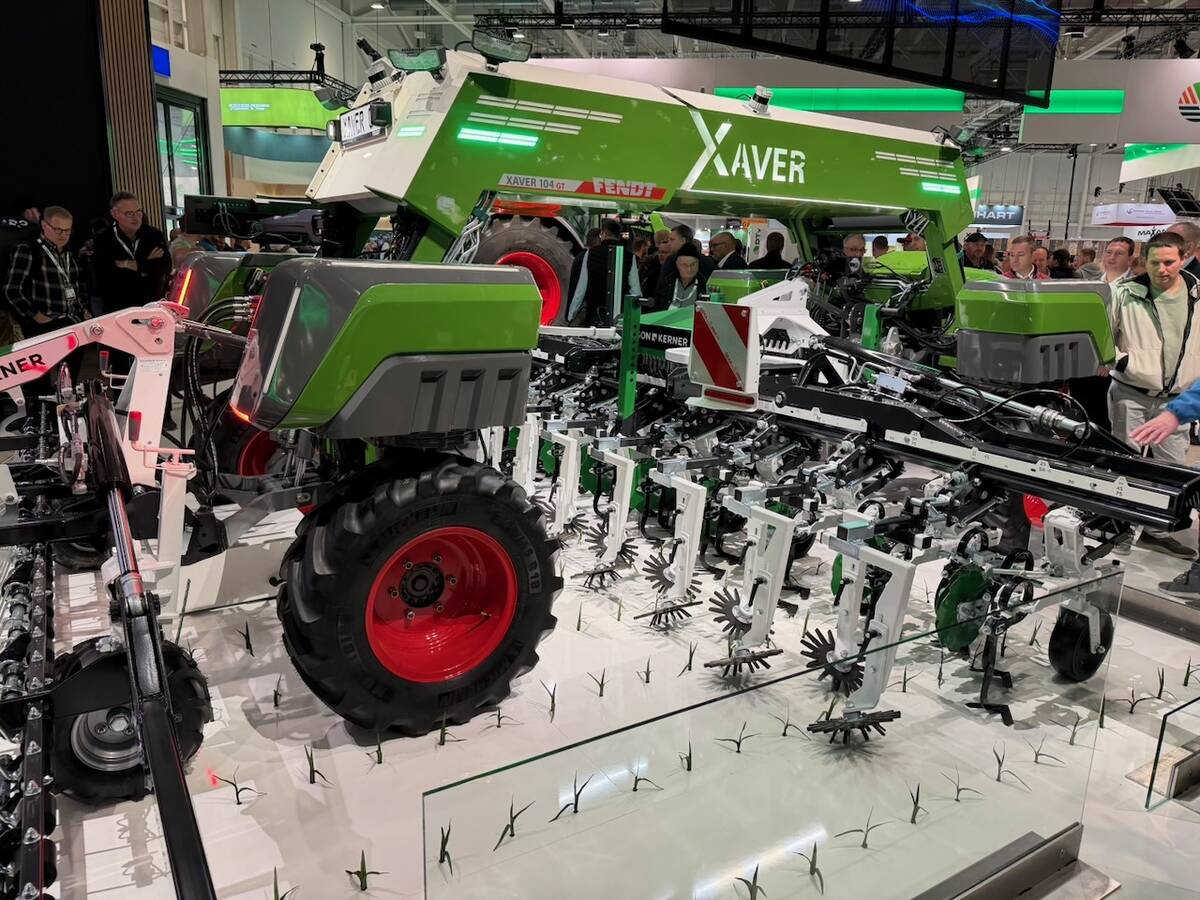Year # of cases
Farm safety begins with being aware of the potential hazards that exist all around.
It also includes being mindful of hazards that exist overhead.
In its May 7 weekly crop report, Saskatchewan Agriculture said SaskPower, the province’s electrical utility, recorded 25 cases of farm machinery coming into contact with electrical equipment between May 1 – 7.
Jordan Jackle, a media relations professional with SaskPower, said incidents of farm machinery contacting power poles and overhead power lines are becoming more common.
On average, about one fatality per year occurs in Saskatchewan when people or equipment come into contact with SaskPower’s electrical infrastructure.
Read Also

VIDEO: Agritechnica Day 4: Robots and more robots, Nexat loves Canada and the trouble with tariffs
Agritechnica Day 4: Robots and more robots, Nexat loves Canada and the trouble with tariffs.
“We do generally have about one fatality a year but that … includes all public contact, it’s not just related to the farming industry,” Jackle said. “As for agriculture, the one thing that we know is happening in the industry is that the size of farm machinery continues to get bigger and bigger, and in particular seeders….
“During seeding and into late spring is when we see (most) farm-related incidents….”
Jackle said today’s producers are under a lot of pressure to get their work done quickly. He urged growers to take a few minutes to look around and identify potential hazards.
Growers should also plan their routes when moving machines from field to field or through yard sites.
Producers who have upgraded equipment sometimes forget that their new, larger implements may no longer fit under low level power lines or around power poles.
“Really, we’re just reminding people to take a couple of extra minutes before you get going … to identify all the hazards before you get out there and get working,” Jackle said.
“Make safety part of your regular routine. Plan your route. Take a moment and make sure you know where those overhead lines are ….”
Unlike workers in other industries, farmers who come into contact with SaskPower’s electrical assets are not responsible for covering the costs of necessary repairs.
“The only thing that we ask of producers … is that they tell us about it,” Jackle said.
Even contact that appears minor and doesn’t appear to have caused any significant damage could affect the functionality of the power grid now or in the future, he added.
For that reason, all incidents, minor or otherwise, should be reported and inspected by SaskPower to ensure safety and proper operation.















